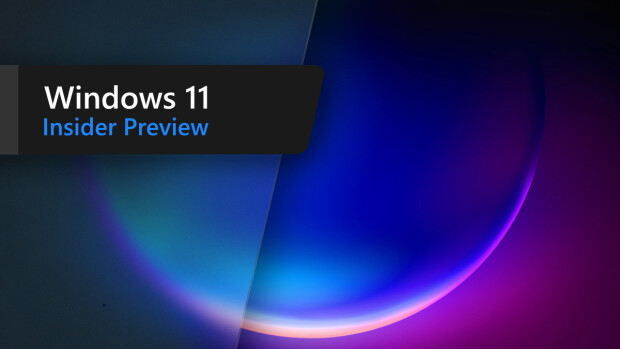Google, in a blog posting on The Official Google Blog, has announced that they will be making some big changes to their online Nexus One storefront. Google had this to say:
"While the global adoption of the Android platform has exceeded our expectations, the web store has not. It’s remained a niche channel for early adopters, but it’s clear that many customers like a hands-on experience before buying a phone, and they also want a wide range of service plans to chose from."
They don't explicitly mention the double-punch of Verizon and Sprint both pulling out of Nexus One availability, but they do subtly admit defeat, saying that many innovations in the Nexus One appeared in phones like HTC's EVO 4G and Droid Incredible, the two phones that some would say caused Sprint and Verizon to drop the Nexus One in the first place.
In response to the change in market attitude towards Google's phone, they are overhauling the whole purpose of the website. They are going to start offering the Nexus One in other retail venues other than Google, something that they have started to do already in Europe. Once the Nexus One makes its footprint at retailers, they will eventually drop the option to purchase from the website altogether, and make the Nexus One website a "store window" where Google will showcase other Android phones and features available elsewhere.
While the tone of the post is optimistic, you can't help but notice the timing of the announcement. It seems pretty clear that Google is shifting gears from their original image of the Nexus One being the go-to phone for the Android OS, available only on the Google website. Keep in mind that, according to Flurry.com, in the first 74 days of sales, Google only managed to sell 135,000 units. Apple's iPhone and Motorola's Droid were able to sell 1 million and 1.5 million respectively in the same amount of time. With the website adopting a stronger focus on the Android OS in general, and the Nexus One heading out into the wide world of retail, it almost seems like Google has given up on the first piece of hardware they built for Android.















20 Comments - Add comment